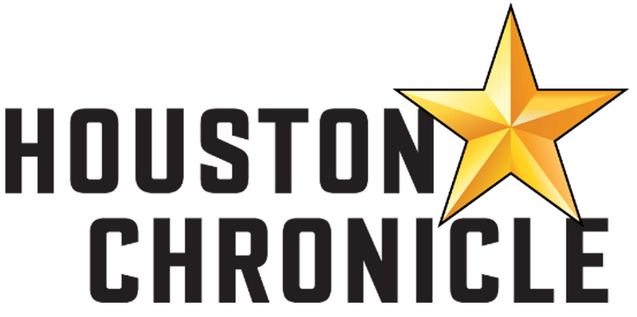
Broken Trust, Texas’ huge school endowment pays out less and less for school children
“One way to look at a fund’s performance is by its growth in market value. Another way is to examine its returns. Analysts at Markov Processes International, a global investment research and technology firm, estimated that the fund was performing comparable to the worst-performing Ivy League endowments. One hundred dollars invested in the top-performing Ivy League endowments about a decade ago would be worth roughly $250 now. The Ivy average came in at about $220. The same cash put in the Permanent School Fund would now be valued at about $190. Read the full article here.








